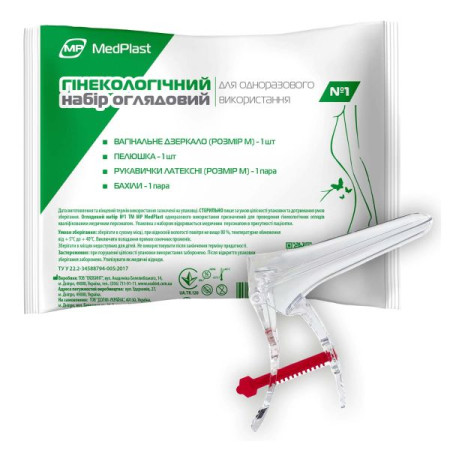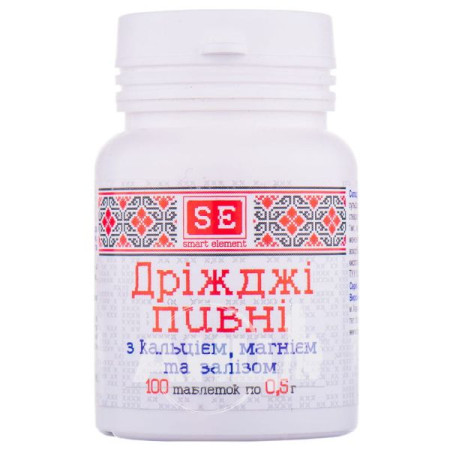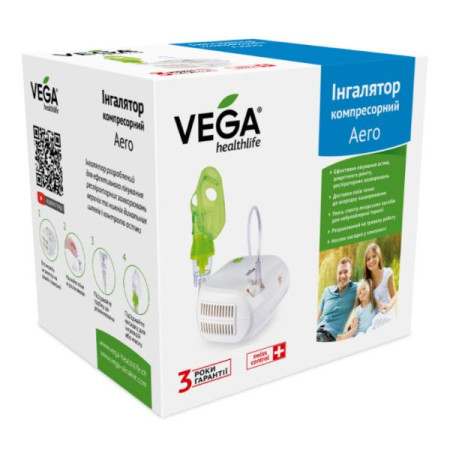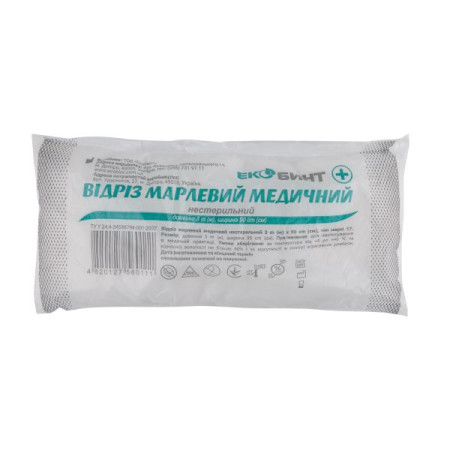Bicyclol tablets 25 mg No. 18
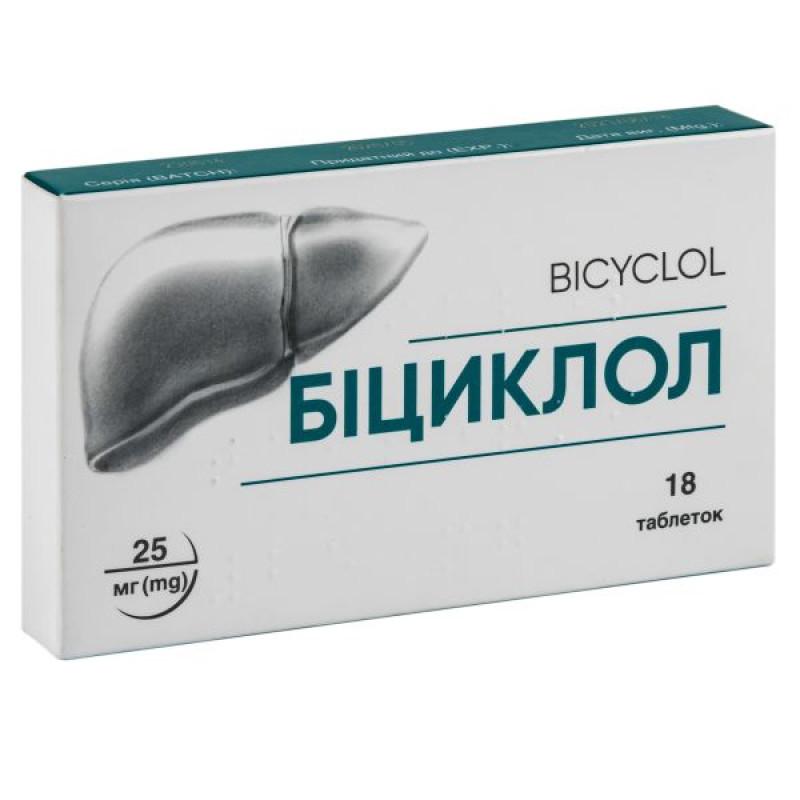
Instructions for Bicyclol tablets 25 mg No. 18
Composition
active ingredient: bicyclol;
1 tablet contains bicyclol 25 mg;
excipients: corn starch, sucrose, sodium starch glycolate (type A), magnesium stearate.
Dosage form
Pills.
Main physicochemical properties: white round biconvex tablets.
Pharmacotherapeutic group
Drugs used in liver diseases, lipotropic substances. Hepatotropic drugs. ATX code A05B.
Pharmacological properties
Pharmacodynamics
Bicyclol is similar in chemical structure to bifendate. Pharmacodynamic studies have shown that Bicyclol is able to reduce elevated transaminase levels in hepatitis, liver damage by carbon tetrachloride, D-galactosamine and acetaminophen and restore structural disorders of liver tissue of varying severity. In vitro experimental studies on cell colonies 2.2.15 have shown that Bicyclol is able to inhibit the secretion of hepatitis B virus surface antigen (HBsAg), hepatitis B virus E antigen (HBeAg), hepatitis B virus DNA and hepatitis C virus RNA. Bicyclol inhibits the production of tumor necrosis factor (TNF) by active neutrophils, Kupffer cells and macrophages, and also removes free radicals from cells. Thus, bicyclol inhibits oxidative stress caused by impaired mitochondrial function in hepatocytes, which prevents necrosis and apoptosis in hepatocytes. Bicyclol also delays hepatocyte apoptosis stimulated by tumor necrosis factor and cytotoxic T cells. This in turn leads to repair of hepatocyte nuclear and DNA damage.
Pharmacokinetics
The half-life in the first phase of the biphasic model (t(½)ka) is 0.84 hours, the half-life in the second phase of the biphasic model (t(½)ke) is 6.26 hours, the time to reach maximum concentration (t(peak)) is 1.8 hours, the maximum concentration in blood plasma (Cmax) is 50 ng/ml. Cmax and the area under the "concentration-time" curve are directly dependent on the dose of the drug, but other pharmacokinetic parameters, such as t(½)ka, t(½)ke, Vd/F [the ratio of the volume of distribution (Vd) of the drug to the bioavailability (F)], CL/F and t(peak), change insignificantly, depending on the dose, and correspond to the features of linear pharmacokinetics.
The maximum concentration may increase when the drug is taken after a meal.
Bicyclol metabolism occurs in the liver with the participation of cytochrome P450 with the formation of the main metabolites 4¢OH-Bicyclol and 4OH-Bicyclol.
The drug is observed in human blood in an unchanged form 15 minutes after oral administration. The maximum concentration of bicyclol is observed in the liver 4 hours after taking the drug. The degree of binding to plasma proteins reaches 78%. Less than 30% of bicyclol is excreted from the body through the digestive tract with feces within 24 hours. Approximately 1.3% of the drug is excreted in urine and 0.03% - in bile.
Indication
Hepatitis accompanied by increased activity of liver transaminases:
chronic viral hepatitis B; chronic viral hepatitis C; non-alcoholic steatohepatitis; alcoholic hepatitis; toxic (including drug-induced) hepatitis.
Contraindication
Hypersensitivity to the components of the drug. Acute hepatitis. Pregnancy and breastfeeding. Children under 12 years of age.
Interaction with other medicinal products and other types of interactions
There are no research data demonstrating any interactions with other drugs.
Application features
During treatment with Bicyclol, the patient's condition and liver function should be constantly monitored.
Use the drug with caution in patients with hypoalbuminemia, cirrhosis of the liver, esophageal varices, hepatic encephalopathy, patients with severe hepatitis, renal failure, significantly elevated bilirubin levels, ascites, hepatorenal syndrome. The drug should be prescribed with particular caution in autoimmune hepatitis.
This medicine contains sucrose. If you have been told by your doctor that you have an intolerance to some sugars, contact your doctor before taking this medicine.
Ability to influence reaction speed when driving vehicles or other mechanisms
Dizziness is very rare during treatment, so caution should be exercised when driving or operating other machinery.
Use during pregnancy or breastfeeding
Do not apply.
Method of administration and doses
Adults and children over 12 years of age are prescribed the drug orally at a dose of 25 mg (1 tablet) 3 times a day; if necessary, 50 mg (2 tablets) 3 times a day.
The drug Bicyclol is taken 2 hours after meals.
The minimum treatment period is 6 months or as prescribed by a doctor.
For elderly people (over 70 years old), the dose of the drug is determined individually.
Children
Do not use in children under 12 years of age.
Overdose
During clinical trials, no cases of overdose were observed when Bicyclol was administered at a dose of 150 mg 3 times a day. In addition, exceeding the usual human dosage by 400 times did not cause a toxic reaction.
Adverse reactions
Bicyclol is usually well tolerated. Adverse reactions, if they occur, are temporary, mild or moderate in severity and resolve spontaneously after discontinuation of the drug or with symptomatic therapy. Dizziness, skin rash, bloating and vomiting may occur with a frequency of less than 0.5%. A small number of patients (< 0.1%) may experience headache, sleep disturbances, epigastric discomfort, increased transaminase activity, decreased platelet count and increased sugar and creatinine levels.
Expiration date
3 years.
Storage conditions
Store in the original packaging at a temperature not exceeding 30 °C.
Keep out of reach of children.
Packaging
9 tablets in a blister made of polyvinyl chloride film and aluminum foil; 2 blisters in a pack.
Vacation category
According to the recipe.
Producer
Beijing Union Pharmaceutical Factory.
Location of the manufacturer and its business address
No. 37, Yongwang Road, Bio-medicine Industry Park, Daxing District, Beijing, China.
There are no reviews for this product.
There are no reviews for this product, be the first to leave your review.
No questions about this product, be the first and ask your question.









